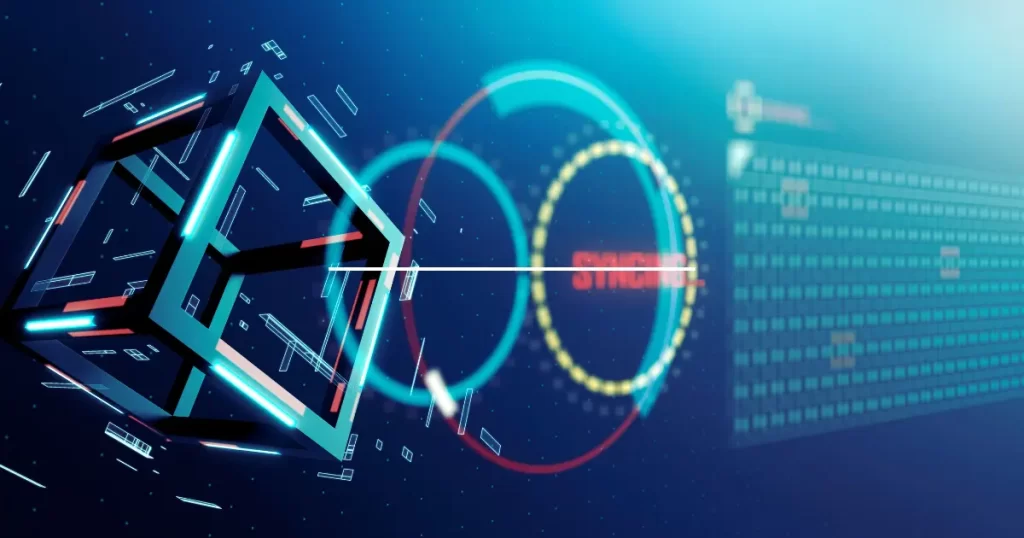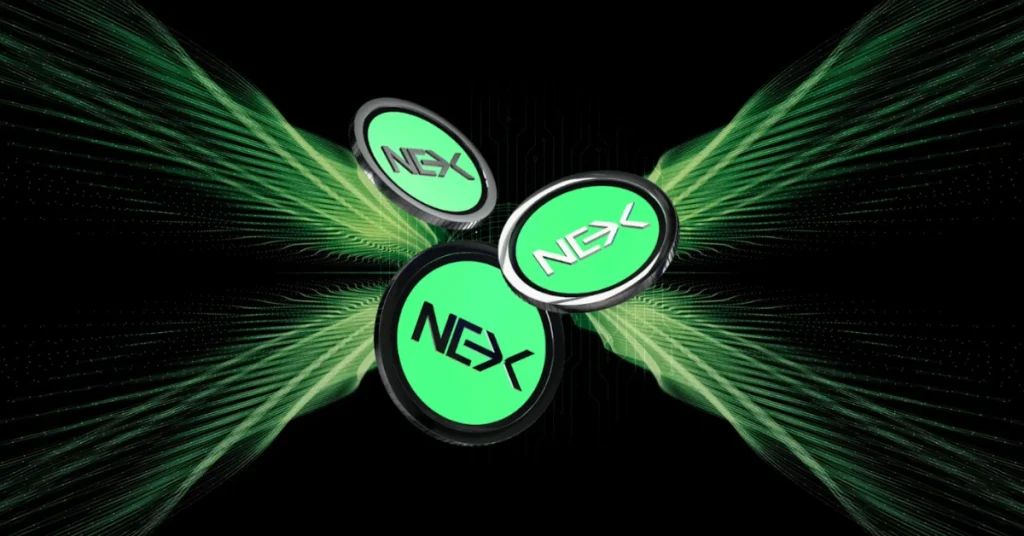Beyond ZK: How Complementary Layers Boost Blockchain Scalability



The post Beyond ZK: How Complementary Layers Boost Blockchain Scalability appeared first on Coinpedia Fintech News
Following Ethereum’s recent Pectra upgrade, Layer-2 solutions like ZK-rollups are enjoying a moment in the sun. These solutions – which bundle transactions off-chain – are processing blocks like there’s no tomorrow, assuring fast, cheap transactions with rock-solid security. But here’s the thing: are they really, well, enough ?
Thanks to the advent of Layer-3 infrastructure and middleware, Web3 developers are starting to dream bigger. It’s not just the smart contract complexity and eye-watering costs for proof generation that lead them to explore rollup alternatives; clunky composability is another oft-cited factor.
Make no mistake, rollups aren’t going away anytime soon. In fact, L3s are potentiating them, the pair working in tandem to tackle some of blockchain’s biggest challenges.
The Problem with Rollups
While rollups lighten network burden, slash transaction fees, and generally speed things up, they come with a fair amount of baggage: liquidity gets fragmented when capital splits across L2s, making it tough for apps to vibe together. Then there’s the small matter of the disparate proofs favored by rollups, from ZKPs and STARKs to the fraud proofs associated with optimistic rollups, and the risks of rollups interacting with vulnerable smart contracts.
In short, each solution occupies its own bubble, complicating cross-rollup action. As if that wasn’t enough, building on rollups takes serious expertise – not to mention huge processing power. There’s got to be a better way. Turns out, there is.
Complementary Layers to the Rescue
Layer-3 chains and protocols are stepping up to the plate, supercharging DeFi and dApps with better performance and scalability. L3 infrastructure project Orbs , for instance, acts like a decentralized backend, handling complex DeFi logic like Time-Weighted Average Price (TWAP) orders without forcing apps to move liquidity.
Compatible with blockchain big guns like Ethereum and Polygon, and both EVM and non-EVM smart contracts, Orbs’ throughput also puts ZK-rollups in the shade. While the latter can churn through up to 4,000 transactions per second (tps), Orbs blasts past 15,000 tps without blinking an eye. It also offers dev-friendly SDKs, making life easier for builders.
Radius takes a different tack. An intent-centric layer built atop ZK-rollups, it leverages Miner Extractable Value (MEV) to capture and stabilize revenue; its Secure Block Building (SBB), meanwhile, lets rollups grab MEV cash while avoiding censorship and transaction reordering risks.
Radius’ raison d’etre is to create new revenue streams beyond MERE user fees: the L3 effectively turns MEV into a growth engine, connecting rollups to new opportunities throughout the wider Ethereum ecosystem.
EigenLayer is another solution – and a very high-profile one, AT THAT. A middleware protocol that extends Ethereum’s trust layer via restaking, it currently secures over $7 billion across 39 actively validated services (AVS), giving developers the ability to build on the Proof-of-Stake chain with extra security and customization.
The nifty thing about EigenLayer is that its modular setup lets users stake ETH to secure multiple protocols rather than just one. As such, it fills gaps in scalability, giving developers a flexible framework to craft tailored solutions.
ZK-Rollups and Layer-3s: A Perfect Pair
Layer-3s don’t steal the show from ZK-rollups; they make them shine. With rollups focused on scaling transaction throughput, L3s take care of the nitty-gritty: the app-specific logic, automation, and complex coordination.
The net result is a well-oiled machine wherein each layer does its own thing. Advanced trading protocols get slick order types; decentralized autonomous organizations and treasuries benefit from smart, real-time rebalancing; while permissioned DeFi and compliance logic run smoothly on Layer-3s.
Scalability’s next wave isn’t about accruing more power; it’s about embracing modularity. Middleware grants developers the freedom to tailor solutions for their apps, dodging rollups’ one-size-fits-all approach. It also boosts interoperability, making interchain communication and data transfers seamless.
Layer-3s aren’t here to replace ZK-rollups. They’re actually here to amplify them. By tackling complex logic and coordination, they let rollups do what they do best, paving the way for a future where scalability, customization, and interoperability go hand in hand.

SHIB and BONK Struggle to Hold Momentum: Nexchain Named Top Trending Crypto of 2025
The post SHIB and BONK Struggle to Hold Momentum: Nexchain Named Top Trending Crypto of 2025 appeare...

Fantasy Pepe ($FEPE) Hits $500,000 Milestone as Investors Flock to AI-Powered Meme Football Project
The post Fantasy Pepe ($FEPE) Hits $500,000 Milestone as Investors Flock to AI-Powered Meme Football...

This Altcoin Has Outperformed 90% of Low-Caps in 30 Days — Still Under $0.03
The post This Altcoin Has Outperformed 90% of Low-Caps in 30 Days — Still Under $0.03 appeared first...

